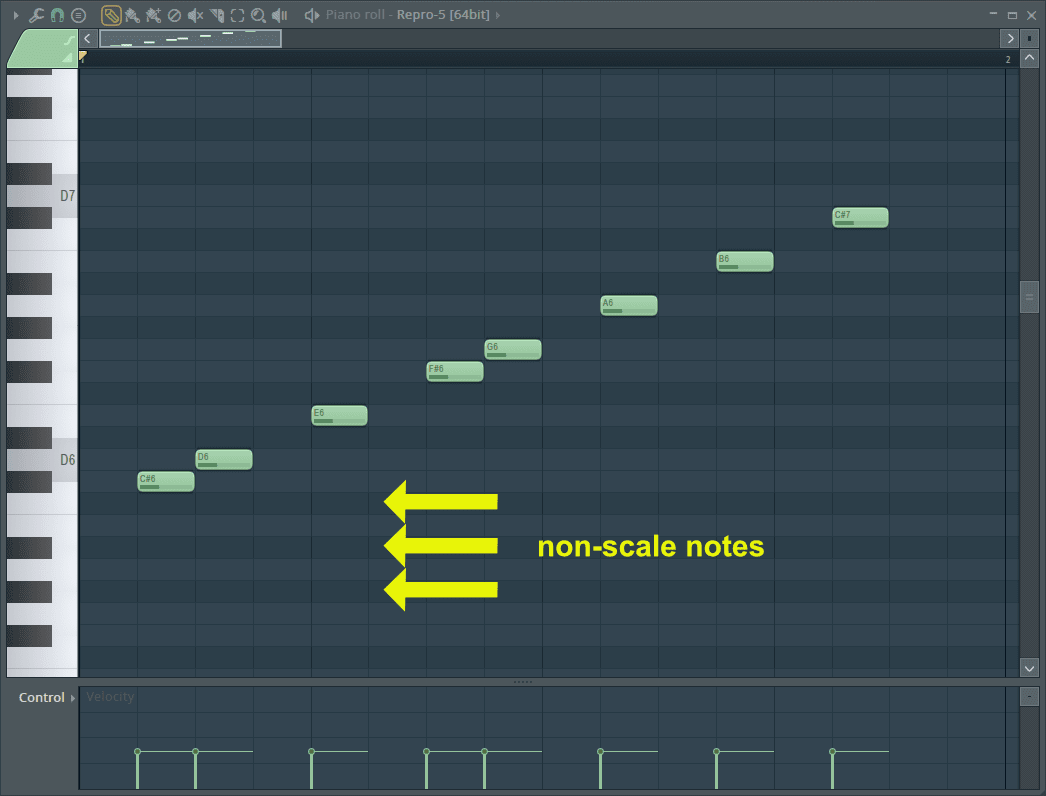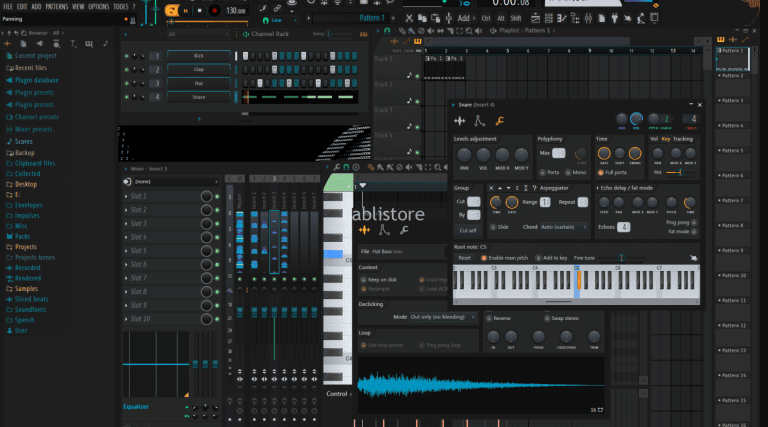
Neither major nor minor Blues scaleīluesy, obviously. Same pitches as C-sharp/D-flat major and B-flat natural minor. These scales have a flat third (the note that is three semitones above the root), which gives them a darker and more tragic feel. Mixolydian b6Īnother film-score-sounding mysterious scale. Example: “Hava Nagila.” Harmonic major scale Phrygian dominant modeĮxotic, Middle Eastern, Jewish. Same pitches as the G melodic minor scale and the F-sharp/G-flat altered scale. Example: “Possibly Maybe” by Björk (from the line “As much as I definitely enjoy solitude…”) Lydian dominant modeĪlso known as the overtone scale or acoustic scale, because it is close to the first seven pitches in the natural overtone series. Example: “ Tomorrow Never Knows” by the Beatles. Examples: “Mary Had A Little Lamb,” “Twinkle Twinkle Little Star.” Mixolydian modeīluesy, rock can also be exotic/modal. Happy can be majestic or sentimental when slow. These scales have a major third (the note four that is four semitones above the root), which makes them feel happy or bright.

You can play all of these scales and more using the aQWERTYon. Here’s a handy guide to the commonly used scales in Western pop, rock, jazz, blues and so on.

So maybe you want to write a song or an instrumental in a particular mood or style, and you’re feeling overwhelmed by all the scales.

See also a post about making chords from scales, and all of these scales in one giant flowchart.


 0 kommentar(er)
0 kommentar(er)
